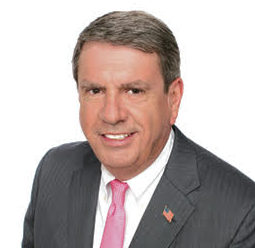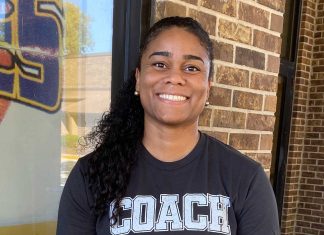By Scott A. Grant
mail@floridanewsline.com
On Aug. 1, 1966, Charles Whitman rode the elevator to the top of the University of Texas Clock Tower in the middle of campus with a deadly intent. The former Marine sharpshooter was dressed in overalls and a white headband and hauling a footlocker of guns and ammo. The night before, the Eagle Scout from Lake Worth, Florida, had murdered both his wife and his mother. He stabbed them both through the heart while they slept.
Whitman barricaded himself on the observation deck and began firing rapidly. Observers recounted puff after puff of white smoke emitting from the sniper’s nest as Whitman aimed and reloaded. Whitman was a good shot. He would kill 14 people and wound 30 more, most of them in the first 15 minutes of the bloody hour and a half of terror.

The event is remembered as the first mass shooting in US history. Today, mass shootings are commonplace. The United States endures more than one a day on average. But, in 1966, the idea of a man taking a high-powered rifle and shooting strangers for no reason at all was wholly incomprehensible.
Citizens of Austin gathered around the base of the Tower with weapons of their own, returning fire. This allowed three Austin Police Officers and a civilian to enter the building and begin climbing the 28 floors to the top of the tower, passing the dead bodies of a receptionist and two tourists along the way.
Ramiro Martinez and Houston McCoy met each other for the first time that day on the 28th floor of the Tower. They had no plan. They nodded at each other as Martinez broke open the door to the observation deck and began to move toward Whitman.
As they rounded the final corner, Martinez leapt out and rapidly emptied his service revolver. Whitman whirled to face the two and raised his rifle. Houston McCoy, like a real-life John Wayne, leveled his shotgun and took dead aim at Whitman’s head. Whitman’s white headband turned red. McCoy fired a second round into the killer’s chest.
Martinez then grabbed McCoy’s shotgun and ran over to Whitman and shot him a third time before running around the deck hollering, “I got him. I got him!” McCoy pulled his fellow officer down because people on the ground were still shooting up at the deck. Martinez ran down to the ground to make a report. McCoy leaned back against the cool Indiana limestone and lit a cigarette.
Ramiro Martinez was hailed as the hero of the day. They named a building after him. He became a Texas Ranger. Houston McCoy left the force two years later and for the rest of his life he suffered from depression and alcoholism. The memories haunted him. He could not get past the thought that if he had just gotten to the top of that tower faster, he might have saved more lives, especially that of fellow officer and friend, Billy Speed.
From the beginning there were questions about who fired the shot that killed the sniper. Who was the real hero? The answer, of course, is that they were both heroes. Yet, the debate lingers on today. The autopsy suggests Martinez hit Whitman in the left arm and that the cold-blooded killer died from a shotgun blast to the head or to the heart.
“Rey” Martinez says Whitman was still moving when he fired that third shot. McCoy says he was dead after the first. Advocates for both sides argue the incident vehemently. Monika McCoy followed her father into the Austin Police Department and even walked his old beat by the University for a bit. There is not a day that goes by that she does not think about her father as a hero on that fateful day.
Scott A. Grant is a local pop historian. By day he is Chief Investment Officer for Standfast Asset Management.












